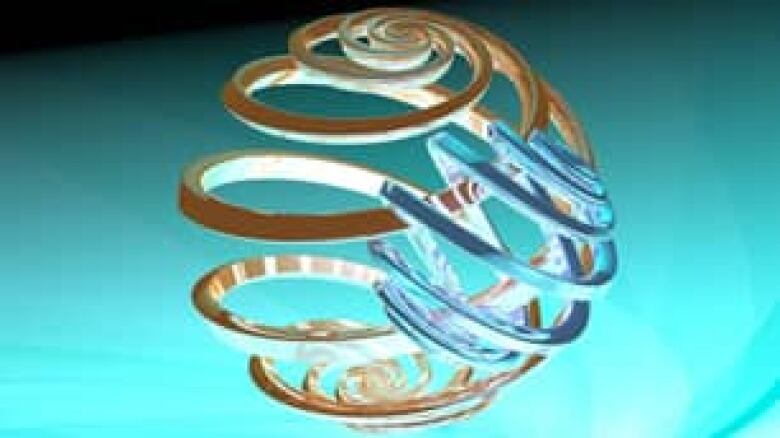Silicon quantum computing leap made

The scientists showed that quantum bits of data,known as "qubits,"could be encoded within a type of silicon similar to that used in conventional computing.
Their findings were published online in Nature Wednesday. The lead author of the studyisStephanie Simmons, a Canadianfrom Ottawa and Kitchener-Waterloo, Ont., doing herD. Phil. degree in physics at the University of Oxford in the U.K.
Quantum computing
A traditional "bit" in computing can exist in one of two states, "0" or "1."
Qubits are the quantum computing equivalent of bits, but the laws of quantum physics mean one quantum bit can simultaneously exist in both "0" and "1" states. That means eachquantum bit is the equivalent of two conventional bits, but it is not simply an arithmetical doubling. Each qbit would exponentially add computing power to a system.
Just 20 qubits would offer the computing power of 220 conventional bits, or about one million bytes one megabyte of processing ability. A 30-qubit system would have the power of 230 conventional bits, or about one billion bytes a gigabyte of power; 40 qubits are equivalent to 240 bits a trillion bytes or a terabyte system; and 50 qubits would be akin to 250 bits or one quintillion bytes one petabyte.
"Nobody's entangled quantum bits in a solid state system before," said Mike Thewalt, a physics professor at Simon Fraser University in Burnaby, B.C., who co-authored the paper.
"One of the reasons that people are looking at silicon specifically is if we can think of a way of doing that, then you inherit all of that technology that's been used for silicon electronics."
Quantum computers have the potential for exponentially greater computing power than conventional computers. They arebased on laws of physics that apply to very small particles like electrons and are very different from the classical laws of physics that we are familiar with in daily life.
Such computers encode data using a phenomenon called entanglement, which permanently links two objects so that each is affected by the experience of the other, no matter how far apart they are.
Up until now, the entangledsystems that researchers have been able to observe and control have involvedmainly photons two particles of light or atomic gases.
But Simmons and her colleagues demonstrated that billions of phosphorus atoms embedded in a silicon crystal can be put into the same quantum state. That stateinvolves the entanglementoftwo data bits within each atom.

"If you want to build a quantum computer, what you're going to have to do is entangle a single phosphorus and do something with it and then measure what happened at the end," he said.
Many different approaches to quantum computing are currently being researched, and "they're all a long way from fruition," said Thewalt.
Perfect material
Atomic qubits
Atoms consist of a core called a nucleus surrounded by a cloud of electrons. Both the nucleus and the electrons have a property called spin. Their spins can flip between states that could be used to represent data bits.
In the Oxfordexperiment, the researchers entangled an electron spin with a nuclear spin within each phosphorus atom by hitting it with radiofrequency magnetic fields one targeted at the electron and one targeted at the nucleus in sequence.
The large signal generated by billions of atoms in the same quantum state allowed them to measure the entanglement.
Thewalt's contribution was figuring out what type of material could be used for the experiment a special type of silicon called isotopically enriched,or istopically "pure," silicon.
Thewalt had commissioned a sample of the special silicon touse in studies involving light. He later contacted Simmons's research advisor, John Morton, with the idea that a leftover chunk could be used for a quantum entanglement experiment.
His lab analyzed it and "picked out the best parts," then sent the sample to Morton.
The material was key because normal silicon generates a lot of background signals that swamp the signals that researchers are trying to measure, Thewalt said. The background signals also make the information stored in the phosphorus atoms fade far more quickly, making it more difficult to conduct experiments and measurements. Isotopically enriched silicon overcomes those difficulties.
"It's like a perfect host material," Thewalt said.












_(720p).jpg)


 OFFICIAL HD MUSIC VIDEO.jpg)
.jpg)



























































































